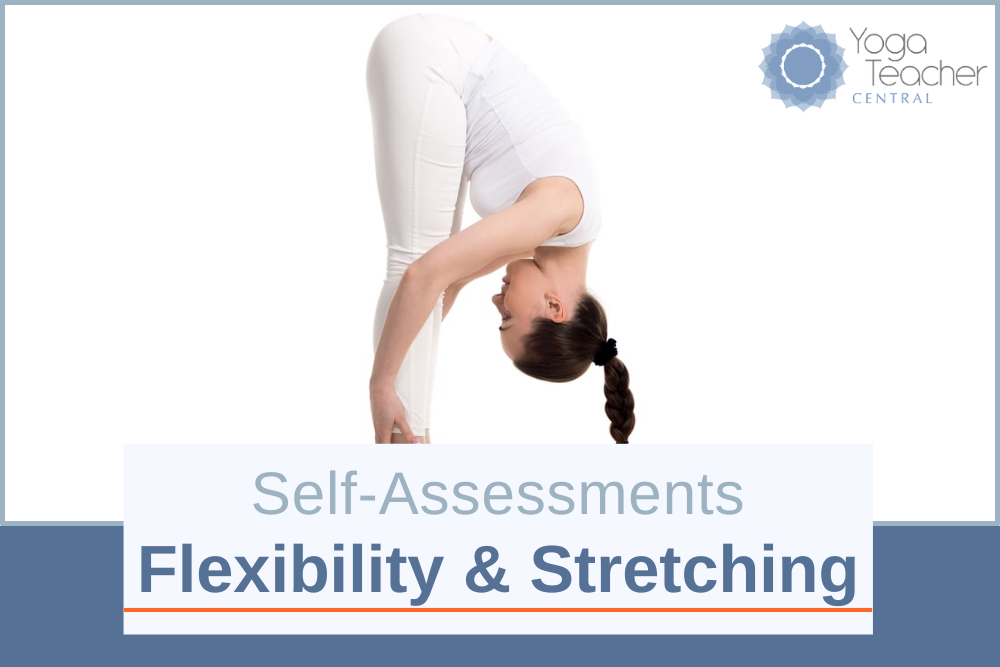
Introduction
Quickly assess your knowledge of Physiology of Flexibility & Stretching, and identify gaps in your education. See below for assessments on these subjects:
- Physiology of Flexibility & Stretching
- Stretch-Related Reflexes
- Stretching Issues & Techniques
Purpose
Offer a series of free quizzes for yoga teachers to:
- Provide an effective way to assess knowledge of each of the Teaching Knowledge Standards.
- Make it easy to self-assess privately, on your own time.
- Help teachers who identify educational gaps to bolster their knowledge with accessible and practical lessons.
More Self-Assessments
For more self-assessments, see the Standards & Self-Assessment Hub.
Physiology of Flexibility & Stretching
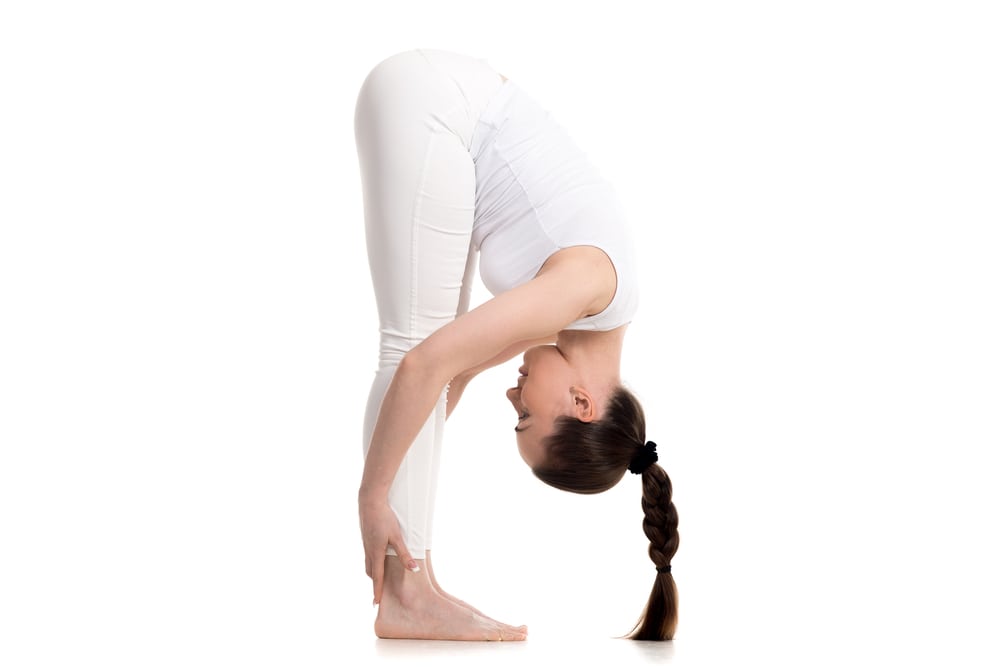
Teaching Standard
Understand what limits flexibility (including connective tissue and the nervous system) and gain a deeper understanding of stretching.
Assessment
Vocabulary Mix & Match
| ACTIVE STRETCHING |
| |
Stretch done with movement |
| DYNAMIC STRETCHING |
| |
Stretch is done with contraction while lengthening (eccentric contraction) |
| FACILITATED STRETCHING |
| |
Affects the nervous system in a way that relaxes muscle fibers (Many other definitions included in lesson) |
| FLEXIBILITY |
| |
Many non-yoga sources define it as using an outside force such as a partner; most yoga sources likely mean what Ray Long calls Passive Static Stretching, defined as relaxing into the stretch such as in a Restorative Pose |
| PASSIVE STRETCHING |
| |
Contracting the muscle in opposition to the targeted stretching muscle |
| PROPRIOCEPTIVE NEUROMUSCULAR FACILITATION (PNF) |
| |
Stretch is performed with no outside force and no movement, and is held for some period of time |
| RESISTANCE STRETCHING |
| |
One of many ways that stretching is defined; refers to the greatest pulling force that a material can withstand without breaking; “tensile” refers to pulling apart in contrast to “compressive” which refers to pushing together |
| STATIC STRETCHING |
| |
Another name for Proprioceptive Neuromuscular Facilitation (PNF) |
| STRETCHING |
| |
The ability to move (without pain or restriction) through a joint’s range of motion |
| TENSILE LOAD / TENSILE STRENGTH |
| |
A muscle group is passively stretched, then contracts isometrically against resistance while in the stretched position, and is then passively stretched again |
Questions
- Flexibility may be limited by muscles that are shortened, tight or in a contracted state. Name four additional factors that may limit flexibility.
- When anesthetized, what happens to a person’s muscles? What is the significance regarding flexibility?
- What happens when personal ROM limits are reached?
- What are the three states that a muscle may exist in?
- What are the effects of stretching?
- Jules Mitchell defines stretching as a “tensile load.” What does that mean?
- In addition to the basic effects, what are the benefits of stretching?
- What is passive / passive static stretching? Give an example.
- What is active / active static stretching? Give an example.
- What is dynamic stretching?
- What is resistance stretching?
- How are facilitated stretching and PNF related?
- What is PNF?
Stretch-Related Reflexes
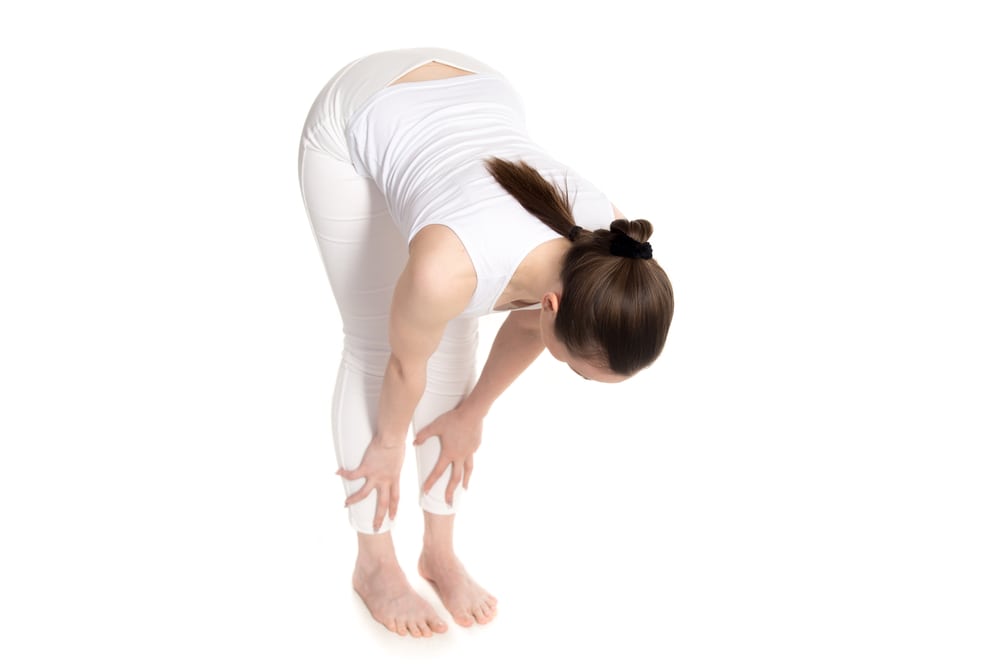
Teaching Standard
Become knowledgeable about the Stretch Reflex, the Golgi Tendon Reflex and Reciprocal Inhibition, and explore how to apply this knowledge in teaching.
Assessment
Vocabulary Mix & Match
| STRETCH-RELATED REFLEXES |
| |
Another name for the Golgi Tendon Reflex |
| SPINAL REFLEXES |
| |
When tension on a tendon exceeds a certain amount, the muscle automatically releases, preventing the tendon from being torn |
| STRETCH REFLEX |
| |
Reflexes that bypass the brain, happening unconsciously |
| GOLGI TENDON REFLEX |
| |
Messages from proprioceptors cause a muscle to contract; designed to prevent muscle tearing from a forceful action or going beyond normal range |
| RECIPROCAL INHIBITION |
| |
Another name for the Stretch Reflex |
| CLASP KNIFE REFLEX |
| |
When an agonist muscle contracts, the antagonist relaxes |
| INVERSE STRETCH REFLEX |
| |
Spinal reflexes that impact muscle length and tension: the Stretch Reflex, the Golgi Tendon Reflex and Reciprocal Inhibition |
| MUSCLE SPINDLE STRETCH RECEPTOR |
| |
Another name for the Golgi Tendon Reflex |
| MYOTATIC REFLEX |
| |
Another name for the Stretch Reflex |
| SPINAL CORD REFLEX ARC |
| |
Another name for the Stretch Reflex |
Questions
- The reflexes relevant in stretching are spinal reflexes. Why is that significant?
- What are the three spinal reflexes related to stretching?
- What are some other names for the Stretch Reflex?
- What is the muscular effect of the Stretch Reflex?
- What is the purpose of the Stretch Reflex and a common example?
- What learning can we apply from knowledge of the Stretch Reflex?
- What other names refer to the Golgi Tendon Reflex?
- What do Golgi tendon organs do?
- What is the muscular effect of the Golgi Tendon Reflex?
- What are two ways to stimulate the Golgi tendon organs?
- What is Reciprocal Inhibition?
- How can we use knowledge of the process of Reciprocal Inhibition to deepen a stretch?
Stretching Issues & Techniques
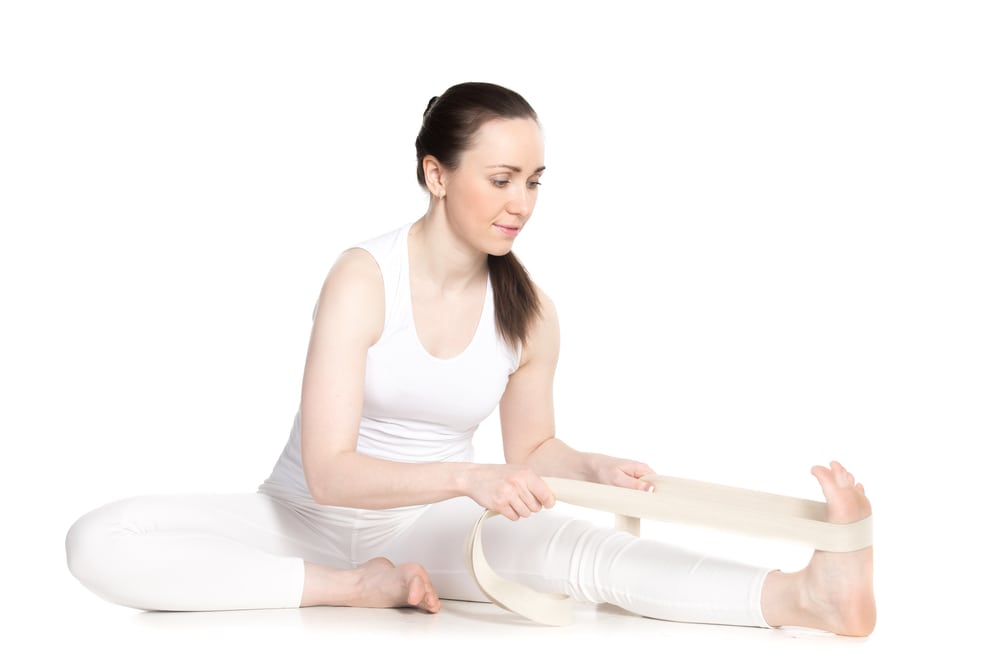
Teaching Standard
Become proficient in identifying and preventing overstretching as well as practices that do and do not improve flexibility.
Assessment
- Not every student needs to increase their range of motion. Expand on the importance of working with students to address their particular needs.
- Very flexible students may need to guard against pursuing “flexibility for its own sake.” How might these students redirect their focus during stretching?
- Name six signs that could indicate overstretching.
- What condition makes students more prone to overstretching?
- Jill Miller has been transparent about the issues resulting from her history of overstretching. What happened from overstretching and what was her diagnosis?
- What are some stretching practices that do NOT improve flexibility?
- Name two safe and effective strategies for improving flexibility.
- What specific stretching techniques may improve flexibility?
- How is it possible that mindfulness contributes to effective stretching?
- Provide three key teachings related to mindfulness during stretching.
- Although doing a vinyasa or short static hold of a pose can warm up the body and make it easier to stretch, why isn’t this enough to improve flexibility?
- Why are long holds necessary for addressing postural tension and making flexibility gains?
- Describe progressive deepening techniques.
- What other expert recommendations — that are often naturally accomplished in a well-rounded asana practice — will contribute to effective stretching?
- In addition to stretching, myofascial release may be a necessary and effective practice. What are some examples of myofascial release techniques?
- Is myofascial release recommended before, during or after a regular practice?
Next Steps
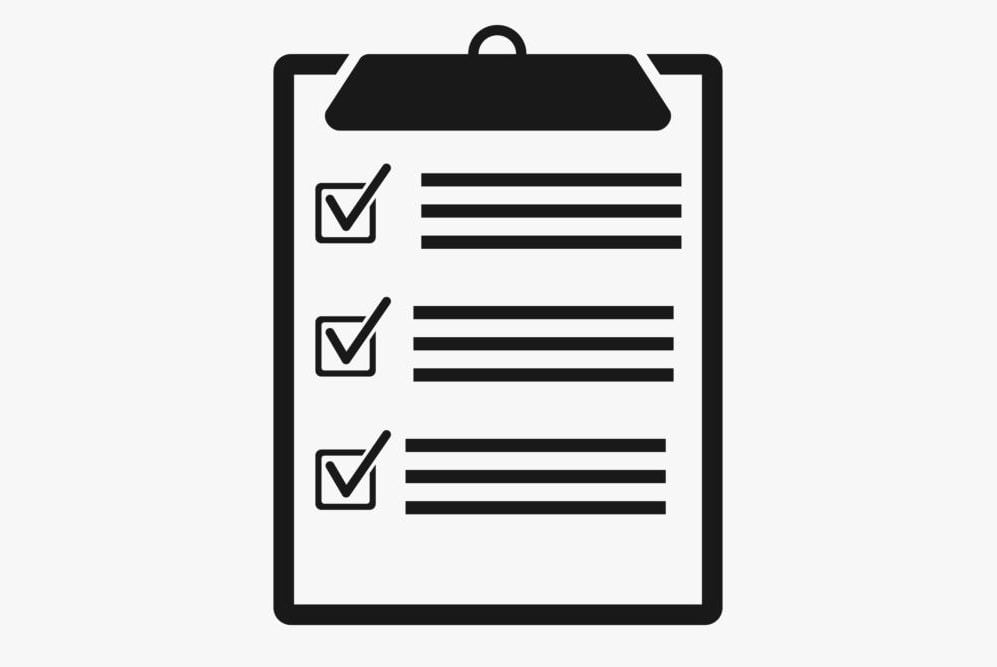
- To view more self-assessments, select the navigation arrows at the bottom right corner of your screen, or go to the Standards & Self-Assessment Hub.
- To bolster your knowledge and be recognized as a YTC teacher, enroll in the Yoga Teacher Central Study Program (details below).
- Members, view clear and concise lessons:

In a Nutshell
- The enrollment fee is $25 and is open to Yoga Teacher Central members, past members and non-members.
- Members receive current membership benefits plus additional benefits listed below.
- Enrollment in the Study Program qualifies you for lifetime YTC Teacher status.
Benefits
Enrolling in the Study Program gives you:
- A downloadable Knowledge Standards Lesson Guide to walk you through a structured study path toward certification.
- Selection of 5 downloadable lessons of your choice (from a library of nearly 500).
- Recognition as a YTC Teacher (for life; no expiration).
- Professional marketing kit for highlighting your YTC Teacher status on social media and your website.
- Excellent preparation for taking certification exams.
Members
- Your current membership gives you online access to not only thousands of pages of organized study and teaching knowledge, but also sequence breakdowns and teaching notes, theme plans, injury cheat-sheets, and so on.
- When you enroll in the Study Program, you get these additional benefits: a Knowledge Standards Lesson Guide, selection of 5 downloadable lessons of your choice, and a professional marketing kit for highlighting your YTC Teacher status on social media and your website.

See here for information about exams, badges and certification. Get links for each exam, and for a no-risk trial exam.
We think you’ll enjoy taking the exams. The questions are well-thought-out and the subject matter is quite engaging and significant for teachers. You’ll get an inspiring teaching after answering each question. At the end of the exam, you see a summary of wrong answers and the relevant teachings, giving you a personal study guide targeted to your needs.
This is an hour well-spent!







